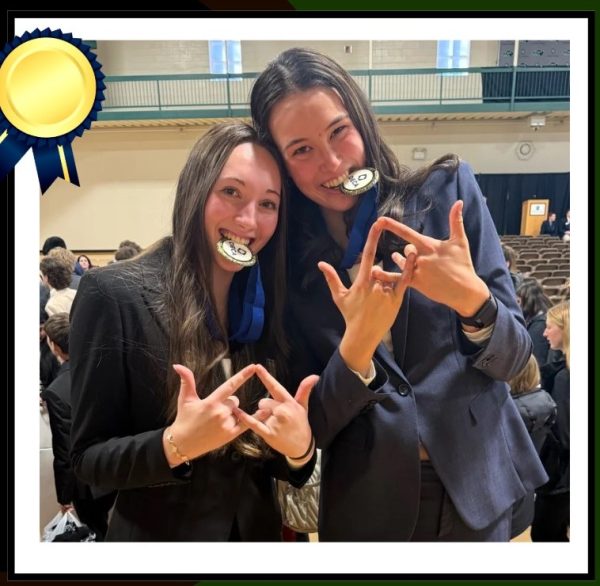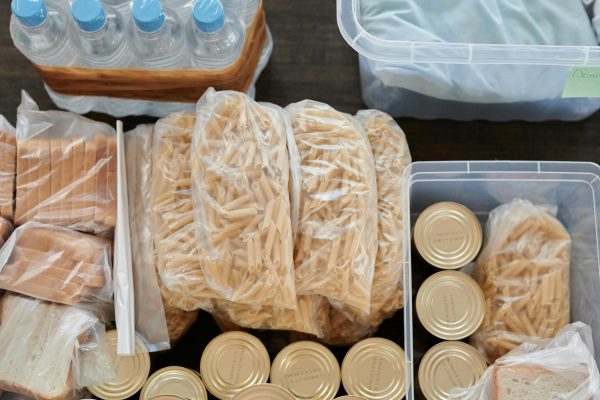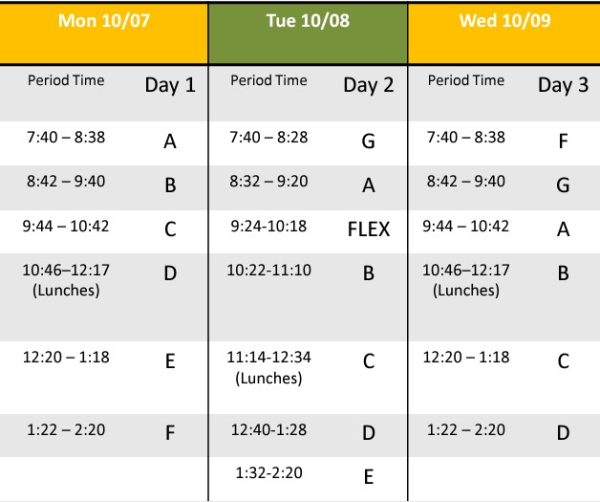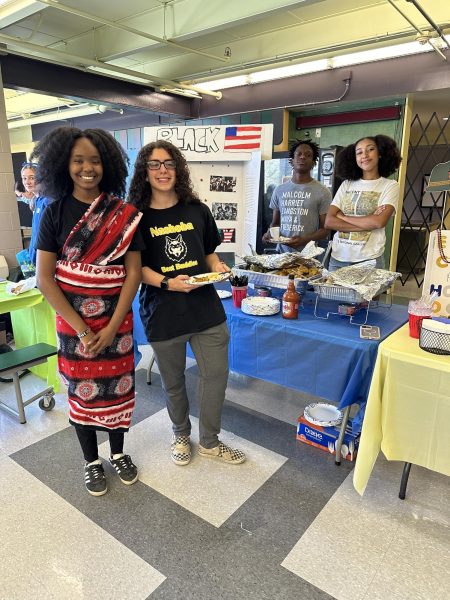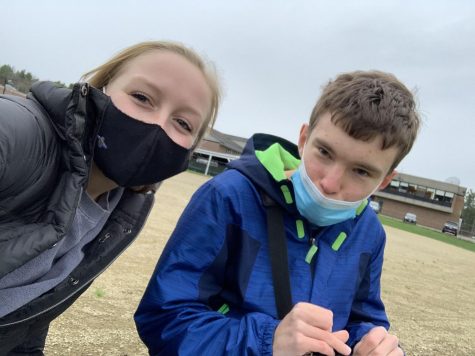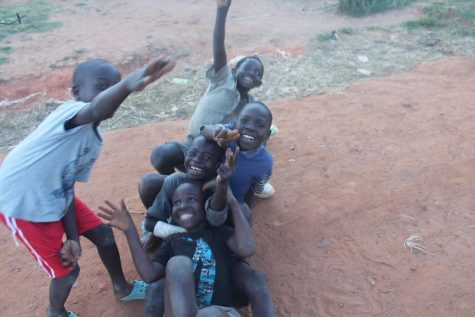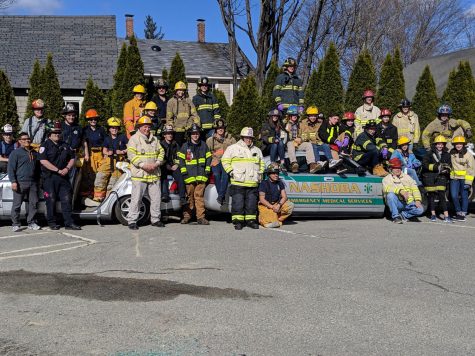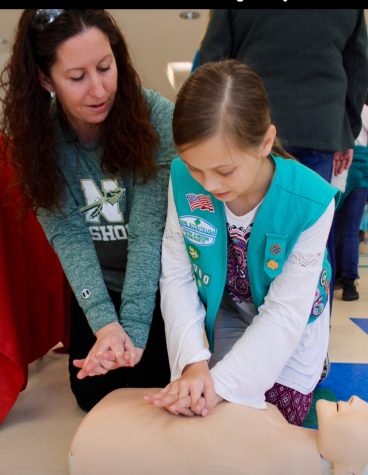The Price of Freedom – $675
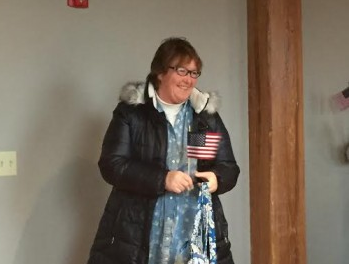
Ms. Macdonald is a social worker here at Nashoba, and she has recently become a U.S. citizen. In an exclusive interview, Ms. Macdonald gives firsthand insight into the process of applying for and achieving American citizenship.
Born in Scotland, Macdonald came to the United States when she was just three years old. Her father was asked to work as an aeronautical engineer for the Vietnam War, and he contributed greatly to the war effort after they moved to the U.S.. He helped design the Chinook Helicopter, which the military still uses today, and the Boeing 747, 757, and 767. Throughout her childhood, Macdonald says that her family had always believed they’d return to England someday. “I didn’t lose my accent until college,” Macdonald explains, demonstrating how much she held onto her heritage for most of her youth. However, since she still resides in the United States, Macdonald decided that it was time she become an official citizen of the U.S.
Macdonald’s choice to become a citizen was reportedly a very difficult one, as she says that “Emotionally it was hard because I love Britain and I love the United States. It felt very difficult denouncing my loyalty to Britain.” According to U.S. Citizenship and Immigration Services, as part of the process of becoming an official citizen, individuals are required to pledge “I hereby declare, on oath, that I absolutely and entirely renounce and abjure all allegiance and fidelity to any foreign prince, potentate, state, or sovereignty, of whom or which I have heretofore been a subject or citizen.” However, Macdonald recognizes that the pros outweigh the cons as she is now able to vote on matters that affect her job, as well as participate more fully in the issues that her job requires: “I… via The CISM team… was sent down to New York after 9/11. It is possible that team members will need to be citizens to respond to further terrorist events if they occur.”
Macdonald had to spend a great deal of time preparing for the citizenship test, and she indicated it was no easy task. There are one hundred questions, ten of which will randomly be asked on the test. Out of these ten, the test taker must answer a total of six correctly. Macdonald explains that she simply memorized all one hundred questions so she would be prepared, no matter what. Additionally, the test requires proof that the test taker can speak and write English fluently, even though English is not the official language of the United States. For Macdonald, who has spoken English her whole life, this task was not a difficult one. Still, she acknowledges that not everyone would have such an easy time: “Some of the questions seem silly like, ‘what is the name of the ocean on the east coast of the United States?’ Maybe not so easy if you are from Uzbekistan.” The questions on the test mostly consist of facts about geography, wars, the government, and general U.S. history. The test is given orally, and supplemented with an interview about criminal background, paying taxes, etc. Macdonald recalls that the interview was quite stressful for her, but she also relates “When I look back, the interviewer was very respectful.”
After finishing the test and becoming an official U.S. citizen, Macdonald explains how relieved she has felt. “I think my stress level has been greatly reduced,” she remarks after describing some of the hoops that non-citizens have to jump through, such as being fingerprinted every five years as a permanent resident and constantly worrying about being deported. “I’m very glad I get to vote,” Macdonald adds, “which I do see as a responsibility and a right that everyone should take seriously.” However, not everyone has the opportunity to take the test for citizenship. The application costs $675, and while that might not seem like much to some, it can be a big deal for many who wish to gain the benefits of citizenship.
After the test and interview were over, Macdonald attended a ceremony where she and about 650 others who had passed that day pledged allegiance to their new country. Macdonald also commented on the diversity of applicants who had come from all over the world to reside in the United States: “Some came from places where they were simply trying to rescue their children from extreme oppression and death. I almost felt guilty because for me it wasn’t nearly as hard as it must have been for them. You could see what it meant to them.” Furthermore, Macdonald commented on the freedom that this represented to her. She said that “Having been to a country where women are oppressed, I don’t take freedom lightly and the process of studying for the test reminded me of that.”

